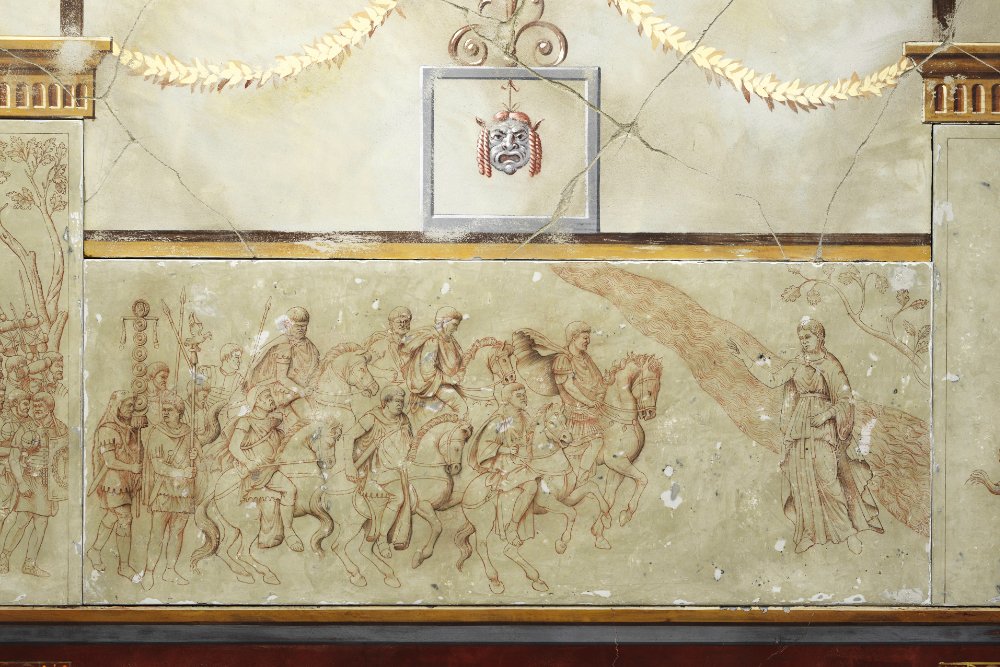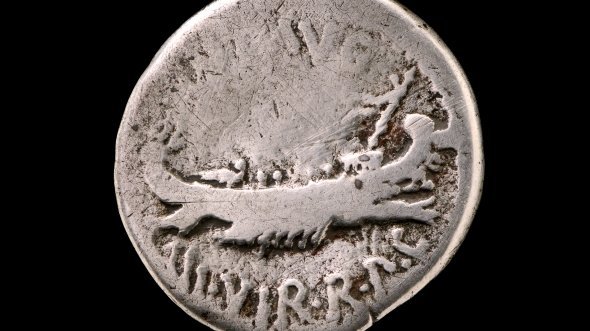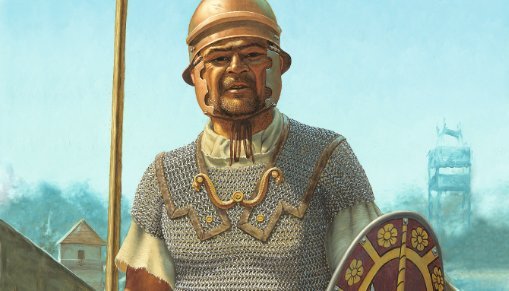The Invention of the Germans
Terra incognita
To protect its Gallic provinces, the Roman Empire strove for the dominance of power in the Germanic territories.
While it was possible to consolidate new provinces along the Rhine and Danube in the 1st century AD, also the subsequent Caesars never succeeded in gaining the territory up to the Elbe that Augustus had striven for. However, there is evidence that several campaigns took place as far as the Elbe and Saale rivers. These routes can also be reconstructed from coins lost by legionaries and allies on the move.
The finds of Republican denarii, for example, outline the forays of Drusus in 9 BC to the Saale and of Ahenobarbus in 3 BC to the Elbe.
The defeat of the Varus legions by the Germanic army of Arminius in AD 9 temporarily halted the Roman expansionist drive. Ultimately, violence failed to create sustainable dependencies.
Other strategies committed native leaders and tribes to loyalty more effectively: granting Roman citizenship, alliances, privileges, gifts, and rewards.
But also trade, minor punitive examples to demonstrate imperial power, and the fomenting of intra-Germanic strife also kept the borders reasonably secure.

According to tradition, with this question a Germanic giantess confronted Nero Claudius Drusus on the banks of the Saale. The stepson and designated successor of Emperor Augustus, whose likeness adorns the exhibition room as a bronze cast, undertook several expeditions to the inner-Germanic territories in the years 12 BC to 9 BC, attacked local tribes, and founded military bases. Scared off by the ominous encounter with the giantess, he ended the campaign. While retreating to the Rhine, he fell from his horse and succumbed to his injuries.
»(...) a woman namely of superhuman size came up to him and spoke: Whither are you going, insatiable Drusus? You have not been granted to see all these lands. Withdraw! Because the end of your deeds and your life is near‹.« Cassius Dio, Historia Romana 55, 1.3.

